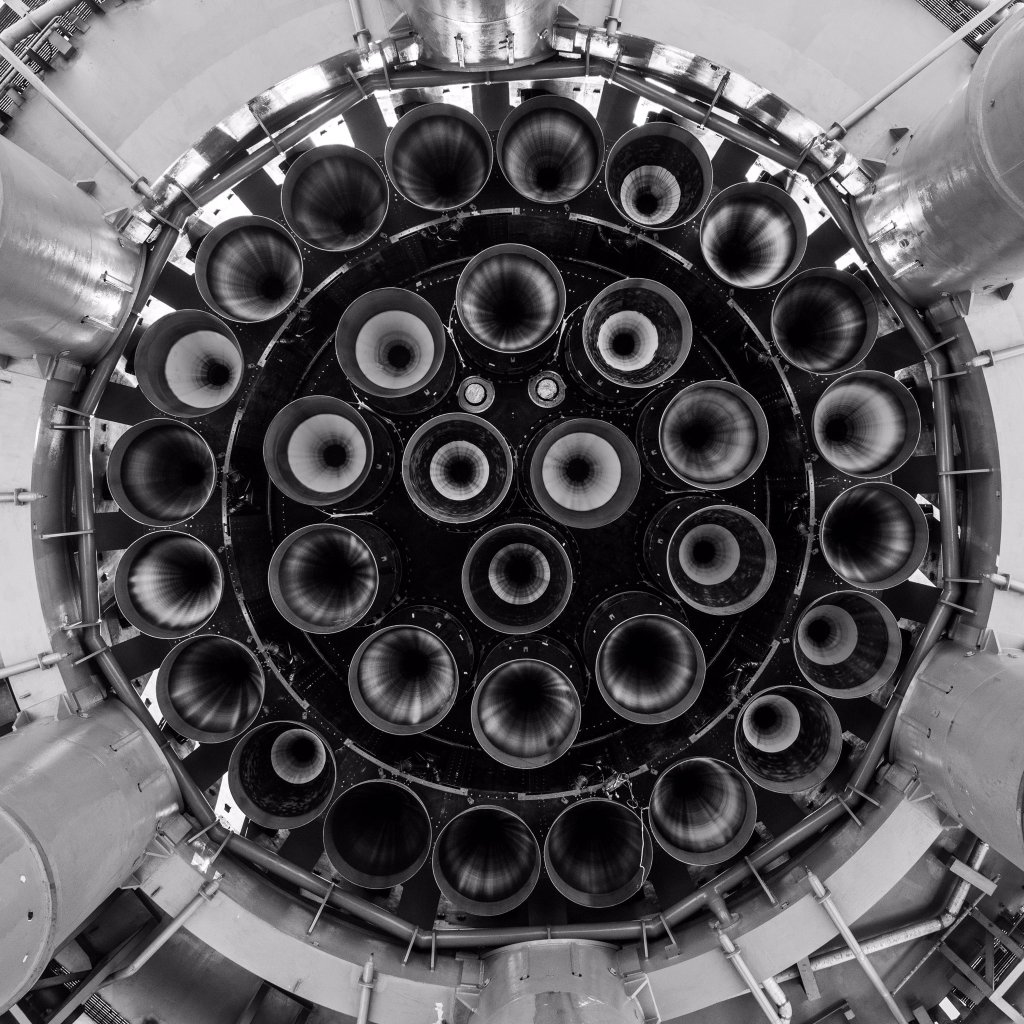
While the world was focused on the first James Webb Space Telescope color images released by NASA, SpaceX was busy testing its Super Heavy booster 7 down in Starbase. What was believed to be just a fueling test turned into an unexpected explosion underneath the Starship booster stage, thankfully not producing any significant damage that we can see to Booster 7 or the surrounding pad.
Captured by the 24/7 live stream industry surrounding Starbase, what we believed was just a spin prime test (where engine turbines are spun up to test the rocket’s plumbing) turned into a major fireball. During a spin prime test, Booster 7 would be fueled with methane and oxygen, and some of that would be vented out through the engines.
The test occurred just after 4:20 p.m. CDT (because of course it did), where you could see large amounts of super cold gas venting around the engines. Suddenly there was some sort of ignition source that ignited the gas around the base Starship’s orbital launch mount and produced a weak but still notable shock wave. No serious damage from the explosion was seen on Booster 7 or the surrounding area, the nearby Starship 24 was also not damaged. However, connectors flew off the launch mount, and a small fire started at the base of the pad but was contained.
Also, no windows were shattered from either SpaceX’s buildings, nearby parked cars, or surrounding homes, but Boca Chica residents stated that they definitely heard and felt Booster 7’s explosion.
In response to Booster 7’s explosive test, Elon Musk stated, “Yeah, actually not good. Team is assessing damage,” on Twitter. Later that night, Musk shared that a quick inspection showed no serious damage, but they would have to wait till morning.
Wednesday Musk updated everyone on the status of Booster 7 post-explosion, and it looks like it will have to go back to the High Bay. “Damage appears to be minor, but we need to inspect all the engines,” said Musk, then stating it was off to the High Bay as it’s a better location for that sort of stuff. Musk told Reuters in an email that Booster 7 would “probably” return to the launch pad next week once it is verified no other damage is found from the explosion.
Booster 7 has 33 Raptor engines attached to it which took some time to build, test, and then deliver to Starbase. SpaceX employees will have to do the painstaking work of looking over each one to determine if the explosion has damaged any engine, remove it from Booster 7, and replace it with a new one.

How does Booster 7’s explosion impact the orbital flight test?
Probably not much, unless it is determined through more tests that they will need to scrap Booster 7 and move to the not-yet finished Booster 8. However, Musk’s ambitious “next month” timeline isn’t set in stone. The FAA still needs to sign off on a launch permit, and SpaceX will need a Starship vehicle and Super Heavy booster to pass all required tests.
So the race is still on for who will launch first, SpaceX with Starship’s orbital flight test or NASA and its Space Launch System around the Moon. I would give both rockets similar odds to launch by this fall.
FTC: We use income earning auto affiliate links. More.

Comments